
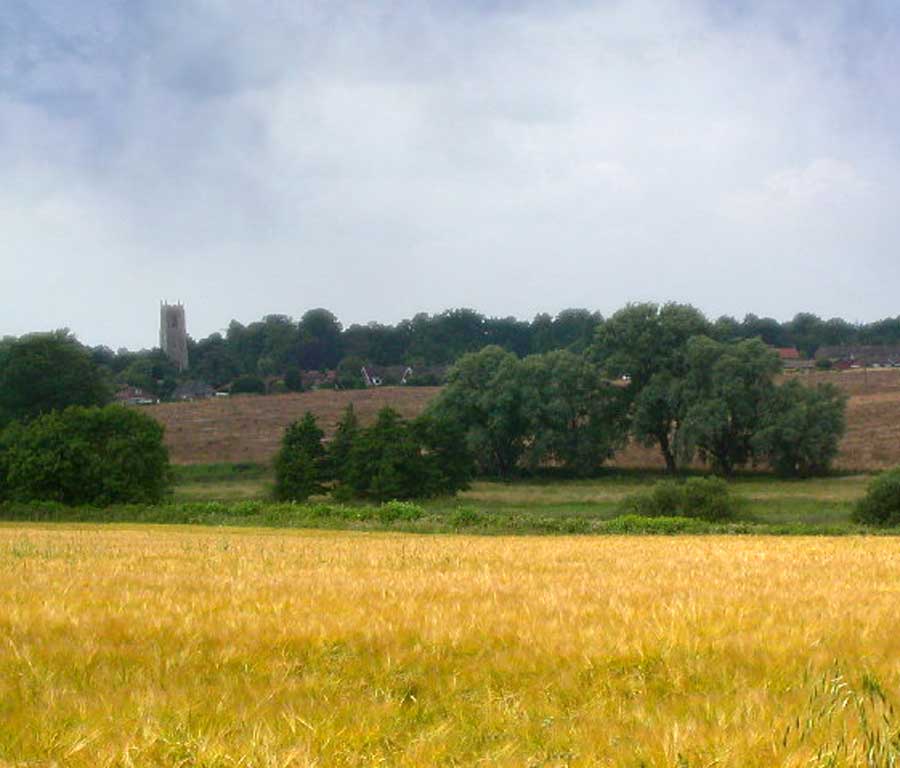
A VILLAGE WITH COMMUNITY AT IT’S HEART



Tuesday, October 12th 1982 saw the opening of the bridge across the Blofield Bypass - Eight year old Jonathon Pilch cuts the red tape to open the bridge spanning the new bypass for Blofield - October 12th 1982. Pupils from Blofield Primary School join him for the ceremony.
Discover more about Blofield
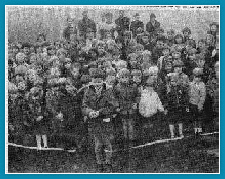


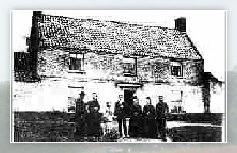
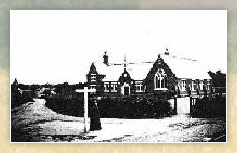
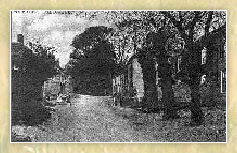


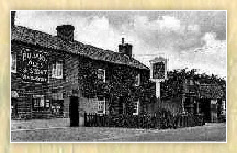

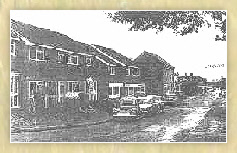
A gathering outside the Fox and Hounds in Blofield - probably at the end of the 19th Century
Blofield School sometime before the First World War. North Street (on the left of the picture) remained the main route to Blofield Heath until the coming of the bypass in the 1980s.
The Street looking North at the very early part of the 20th century - the trees are located directly opposite Swan Cottage and Swan Hill and in front of what is now the Post Office.
The grocer`s shop at the end of the 19th century. Is this now Prospect House on Yarmouth Road, Blofield?
The Street looking South some time during the early 1930s, possibly earlier.
The original photograph describes this as the Two Friends at Blofield Heath, but local opinion suggests it is the Bird In Hand - the photograph was taken probably in the early 1930s
The Town Pit at Blofield Heath, described in this photograph as Blofield Corner. This photograph was taken in the 1930s.
The Street Blofield in the 1960s

"Blofield" is written Blafelda and Blauuefelde in the Domesday Book. It is said the prefix possibly comes from the Icelandic word Blaa which means yellow or from the Anglo-Saxon Blech or Bleo meaning blue.
Indeed the first syllable could also derive from the Anglo-Saxon Blowan meaning to blow or even Bloo, meaning to blossom. The suffix could have derived from the Anglo-Saxon Feld meaning field or the Danish Felt also meaning field, pasture or an open neighbourhood.
The Domesday Book says "In Blafelda Bishop Almar held in King Edward`s time two carucates of land. Always two ploughs in the demesne and half a plough of the tenants. Pannage for eight hogs and four acres of meadow. The whole was worth £8."
By 1251 Walter de Suffield, the Bishop of Norwich, had free warren at Blofield. Then in 1265 Blofield became the curious defendant in a court case. It seems one William de Newton "complained against several particular persons and against the townships of Blofield and others for being assaulted and beaten there". The townships were bailed and obliged to appear at the King`s Bench. The result is not known.
The manor remained in the see of Norwich until 1536 when the land was exchanged, by Act of Parliament, between Bishop Rugge and King Henry VIII. In 1541 the land was granted to Sir Thomas Paston in exchange for other assets in Norfolk and Surrey. By 1640 the Manor still remained in the Paston family when Edward Paston appears as Lord and patron.
After his death in 1713, Samuel Burkin bought the Manor but, for reasons unknown, shot himself in 1726. The Manor then went to his brother John and on his death in 1763 to his sister Diana. She married Jeremiah Burroughes and it was this family name which continued as Lord of the Manor
Of the many Inns and Ale Houses which existed in Blofield up to and after the Second World War, perhaps the most notable was The Globe which stood on the old Turnpike road between Norwich and Great Yarmouth. Now demolished to make way for housing, The Globe was the site of the Petty Sessions held every alternate Monday in the days long before the Blofield Court House was built.
This Inn boasted one of the oldest bowling greens in the county which had been in existence long before 1770. As well as being the venue for the Hiring Fair for Servants, held a few days before Michaelmas, it was also one of the few centres for the long-lost art of Norfolk Wrestling. On the first Tuesday after Whitsun the "Collars and Elbow" men gathered in the courtyards and gardens of Inns around the county with The Globe at Blofield being one of the most popular. It was a particularly brutal sport and few left the "arena" without some injury.
In later times, to quote local historian Roy Granger, the Norwich to Great Yarmouth Road entered the parish from the former parish of Witton at Witton Run, climbing the hill to pass the Globe Inn. At the King`s Head (the only public house remaining in the village) it continued left up The Street passing the Swan Inn (now semi-detached houses called Swan Corner) to The Griffin (now modern houses) at the junction with Doctor`s Road. At the eastern end of Doctor`s Road were routes leading to Lingwood, Burlingham and Acle. The section of the old A47 between the King`s Head and Doctor`s Road was built in 1813.
The Reading Room and Parish Room - now the library - was presented to the Parish in 1897 by Philip Steward to commemorate the Diamond Jubilee of Queen Victoria. Following the First World War the Parish Hall (the Margaret Harker Hall) was given to Blofield by William and Mrs Harker. William Harker also gave the Heath Recreation Ground to the Parish. The Blofield Recreation Ground was purchased by the parishioners as part of the memorial to those fallen in the First World War.
Between the wars the principal landowners in Blofield were William Harker, Myrus Sutton, Harry Edrich and Norfolk County Council.
In 1937 Frederick Barrett was the newsagent, Edgar Bickers was the butcher and Mr M C Underdown ran the Blofield Service Station. The Globe Hotel (Globe Inn) was operated by Roy Everard while the publican at the Swan Inn was Stephen Shred (one of the longest serving publicans in the UK, who held his licence for 50 years until the early 1980s).
Stanley Earl was the publican of the King`s Head and George Ellis was at the Two Friends in Blofield Heath. Horace Webb looked after the Post Office and Lilian Procter was the District Nurse while John McKelvie was the local physician, surgeon, Medical Officer of Health and Public Vaccinator. Miss Foulger was the secretary of the Reading Room and Bertie Skedge was the Clerk to the Parish Council. Finally the Secretary of the Margaret Harker Hall was S J Starr and at Blofield Heath it was Arthur Holmes who looked after the recreation ground.
A Village Divided
Tuesday, October 12th 1982 saw the opening of the bridge across the Blofield Bypass which would ultimately reconnect Blofield with Blofield Heath when the newly constructed trunk road was completed. The bypass was opened to traffic early the following year and cut a swathe between the two communities. The impact on Blofield was immediate with a massive reduction of traffic on the old A47. Previously, especially on summer Saturdays when holiday traffic was at its peak, Blofield was virtually cut off from neighbouring Brundall as traffic backed across the lights at the junction of the A47 with The Street.